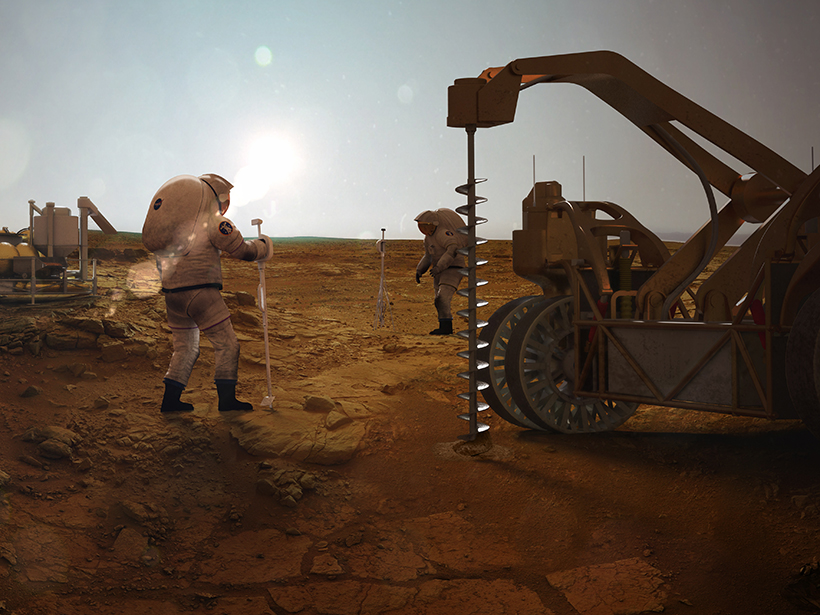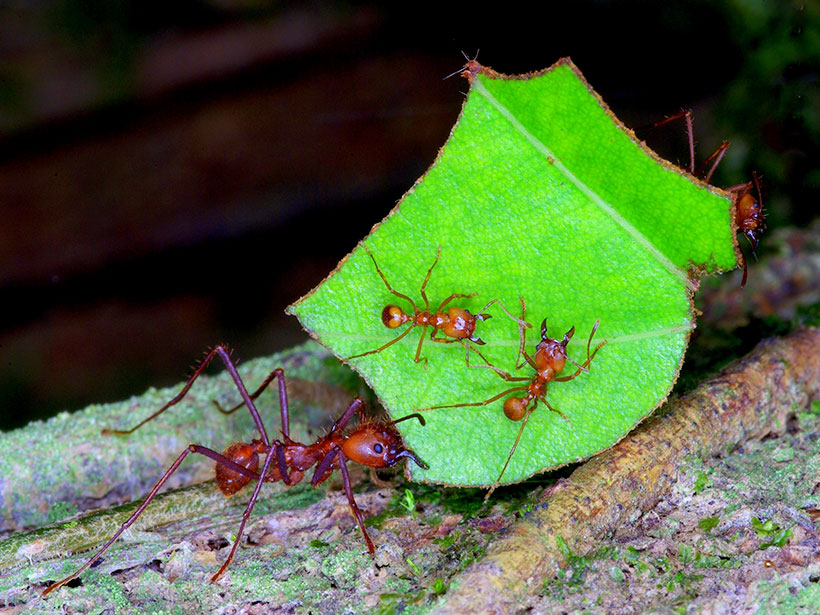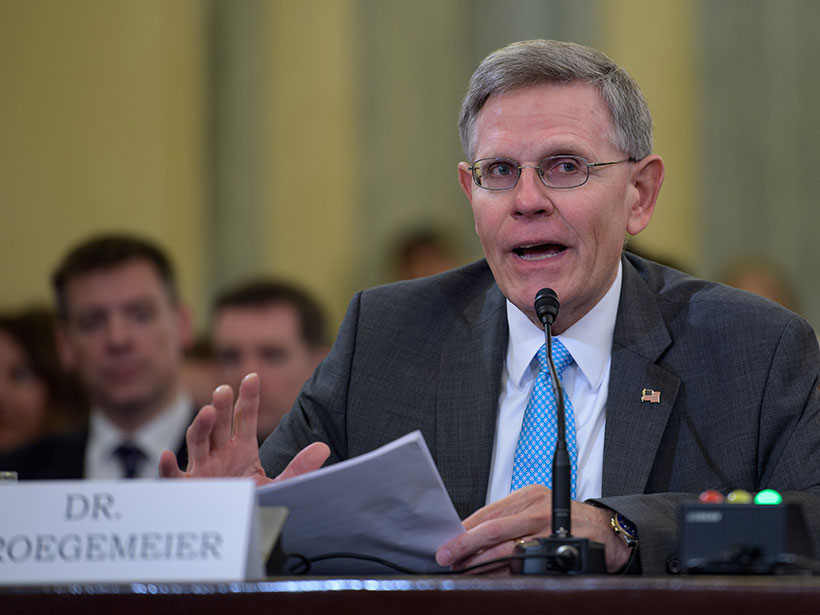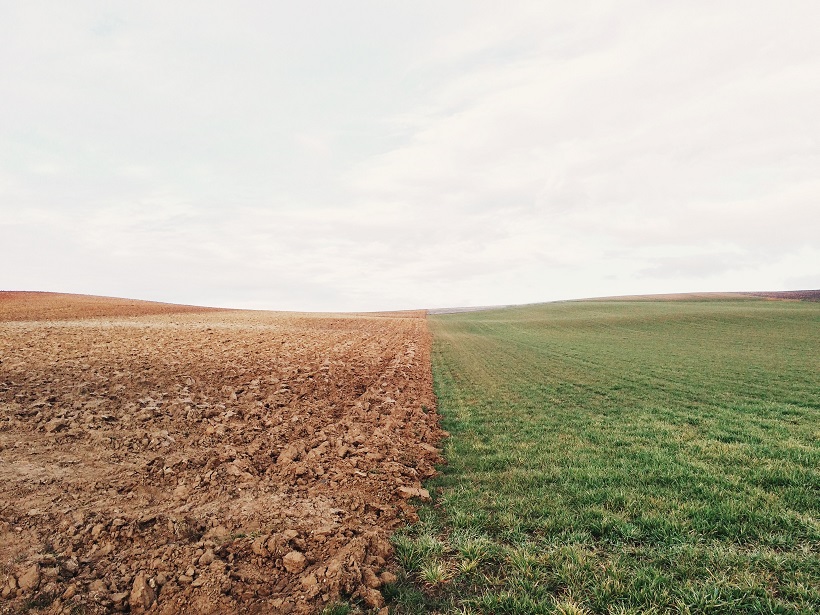The mission aims to explore this relatively unstudied hemisphere and learn about its age, composition, and geologic history.
CC BY-NC-ND 2019
New Horizons Sends First Looks of 2014 MU69
Explore 10 things scientists have already learned about the most distant object visited by a spacecraft from Earth.
The Mars Anthropocene
The idea of sending people to Mars has captured the public imagination, but have we fully considered how our presence will alter the planet?
Bachmann and Yizengaw Receive 2018 Joanne Simpson Medal
Olivier Bachmann and Endawoke Yizengaw were awarded the 2018 Joanne Simpson Medal at the AGU Fall Meeting Honors Ceremony on 12 December 2018 in Washington, D. C. The medal is for “significant contributions to the Earth and space sciences by an outstanding mid-career scientist.”
Leaf-Cutter Ants Boost Carbon Dioxide Emissions from Soil
Leaf-cutter ant nest openings emit up to 100,000 times more carbon dioxide than surrounding soil, a new study shows.
White House Science Adviser Seat Filled After 2 Years
The Senate’s confirmation of Kelvin Droegemeier to head the White House Office of Science and Technology Policy is a win for the science community. But will Trump take his advice?
Can You Explain Science Using Only 1,000 Common Words?
The Up-Goer Five Challenge forces researchers to peel back the jargon and reveal the simple nuggets of their work.
David Sandwell Receives 2018 Charles A. Whitten Medal
David Sandwell was awarded the 2018 Charles A. Whitten Medal at the AGU Fall Meeting Honors Ceremony, held on 12 December 2018 in Washington, D. C. The medal is for “outstanding achievement in research on the form and dynamics of the Earth and planets.”
The Geophysical Signatures of Soil Structure
Geophysical methods may offer new opportunities for soil structure characterization over varied spatial and temporal scales.
Regional Metamorphism Occurs Before Continents Collide
Evidence from collision zones suggests that the high temperatures that create regional zones of metamorphic minerals occur in wide, hot back arcs prior to continental collision deformation.








